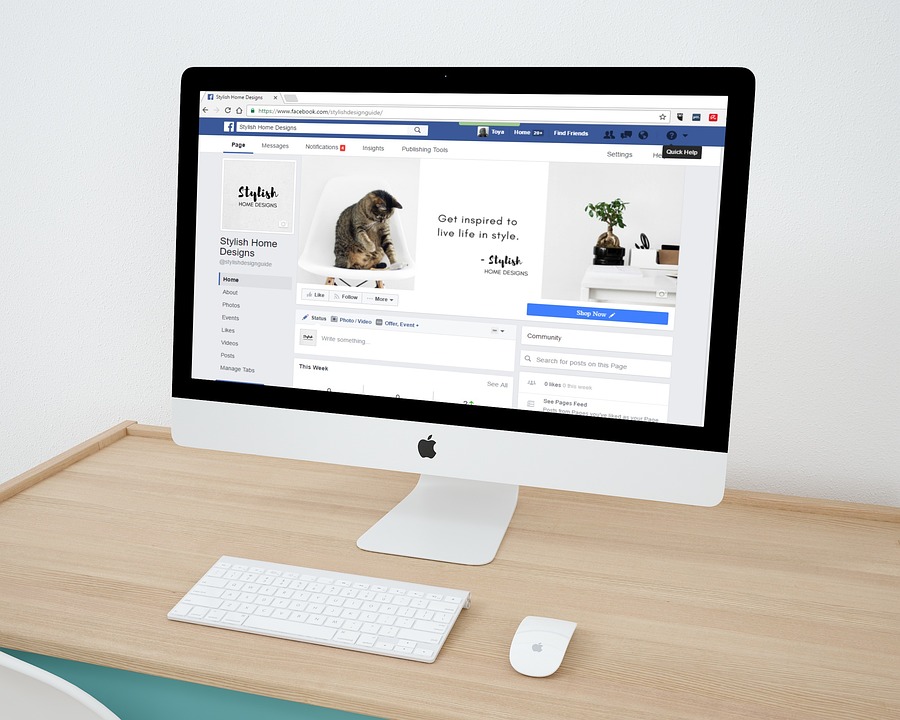10 Essential Web Design Solutions for a User-Friendly Website
In today’s digital landscape, having a user-friendly website is crucial for businesses and individuals alike. A well-designed website not only attracts visitors but also ensures that they have a seamless browsing experience. To achieve this, there are several essential web design solutions that can significantly enhance the user-friendliness of your website. In this article, we will explore ten of these solutions and understand their importance in creating a user-friendly website.
1. Responsive Design:
In the era of smartphones and tablets, having a responsive design is paramount. A responsive website automatically adjusts its layout and content based on the screen size of the device it is being viewed on. This ensures that users can access and navigate your website effortlessly, regardless of the device they are using.
2. Intuitive Navigation:
A well-structured navigation menu is crucial for users to find the information they are looking for quickly. Implementing a clear and intuitive navigation system enables users to easily browse and explore your website. Avoid using complex drop-down menus or overcrowding the navigation bar, as this can confuse and overwhelm visitors.
3. Fast Loading Speed:
In today’s fast-paced world, users have little patience for websites that take ages to load. Slow loading speeds can lead to high bounce rates and negatively impact your website’s user experience. Optimizing your website’s loading speed by minimizing file sizes, optimizing images, and leveraging caching techniques is essential for a user-friendly experience.
4. Clear Call-to-Actions:
Every web page should have clear and prominent call-to-action (CTA) buttons. These buttons guide users towards the desired actions, such as making a purchase, signing up for a newsletter, or contacting you. Well-designed CTAs with concise and action-oriented copy can significantly increase user engagement and conversion rates.
5. Consistent Branding:
Consistency in branding is key to creating a memorable and user-friendly website. Ensure that your website’s design elements, such as colors, fonts, and imagery, align with your brand identity across all pages. Consistent branding helps users to easily recognize your website and builds trust in your brand.
6. Readable Typography:
Choosing the right typography is crucial for enhancing the readability of your website’s content. Select fonts that are easy to read and ensure an appropriate font size and line spacing. Additionally, consider using headings, subheadings, and bullet points to break up content and make it more scannable.
7. Engaging Visuals:
Visual content plays a significant role in capturing users’ attention and keeping them engaged. Incorporate high-quality images, videos, and graphics that are relevant to your content. However, be cautious not to overload your website with excessive visuals, as this can negatively impact loading speed and distract users.
8. Error-Free Forms:
If your website includes forms for user interaction, ensure they are error-free and user-friendly. Minimize the number of required fields, provide clear instructions, and use validation techniques to reduce user frustration. Additionally, consider implementing auto-fill options to save users time and effort.
9. Mobile Optimization:
With the increasing number of mobile users, optimizing your website for mobile devices is no longer optional. Mobile optimization ensures that your website is fully functional and visually appealing on small screens. Consider adopting a mobile-first approach to web design, making sure all elements are easily accessible and responsive on mobile devices.
10. Regular Testing and Optimization:
Web design is an iterative process, and continuous testing and optimization are essential for maintaining a user-friendly website. Regularly conduct usability tests, analyze user feedback, and track website analytics to identify areas for improvement. By understanding user behavior and preferences, you can refine your website design and deliver an optimal user experience.
In conclusion, creating a user-friendly website requires careful consideration of various design solutions. From responsive design to intuitive navigation and engaging visuals, each element plays a crucial role in enhancing the user experience. By implementing these ten essential web design solutions, you can ensure that your website is user-friendly, visually appealing, and optimized for success in the digital realm.





